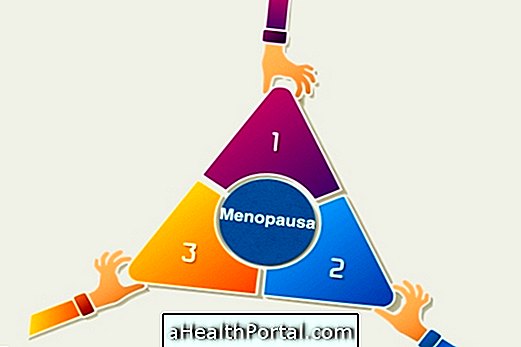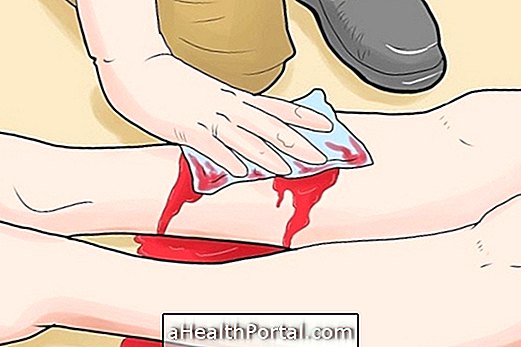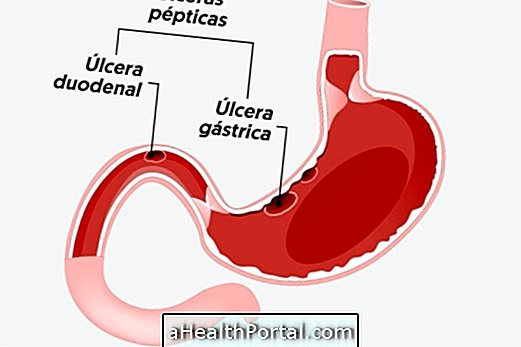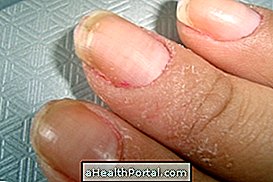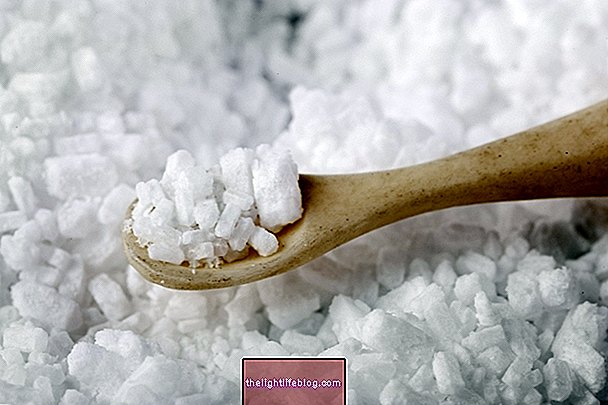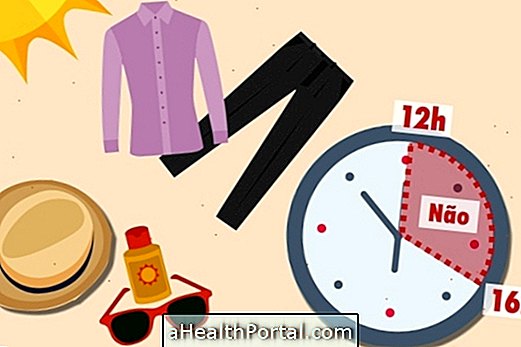Menopause urinary incontinence is a very common bladder problem that occurs due to decreased estrogen production during this period. In addition, the natural aging process makes the pelvic muscles weaker, allowing involuntary loss of urine to occur.
This involuntary loss can begin with small amounts when you make efforts such as climbing stairs, coughing, sneezing or lifting some weight, but if nothing is done to strengthen the perineum, incontinence will worsen and it will be increasingly difficult to hold the pee, an absorbent, and so it is important to avoid the progression of incontinence. Learn more about stress urinary incontinence

How To Treat Urinary Incontinence
Treatment for menopausal urinary incontinence can be done with hormone replacement indicated by a gynecologist, strengthening the perineum muscles or, ultimately, surgery to correct the position of the bladder.
Kegel exercises when done 5 times a day also help prevent and treat menopausal incontinence. For this, the woman must contract the pelvic muscle, as if it were interrupting the flow of urine during the urination, and endure for 3 seconds, then relaxing and repeating this exercise 10 times.
How to Do Incontinence Exercises
To do the exercises that strengthen the pelvic floor muscles, which are responsible for keeping the uterus and bladder properly positioned and the vagina tighter, you must first imagine that you are peeing and trying to contract the muscles of the vagina, as if you wanted to stop the jet of urine.
The ideal is only to imagine why it is not advisable to carry out this contraction while you are urinating because the urine can return, increasing the risk of infections. Other tips that may help pinpoint how this perineal contraction should be performed are: Imagine that you are sucking a pea with the vagina or that it is holding something inside the vagina. Fingering the vagina can help you figure out if you are contracting your muscles properly.

During contraction of the perineum it is normal to have a small movement of the entire intimate region around the vagina and the anus and also the abdominal region. However, with training it will be possible to contract the muscles without abdominal movement.
After learning to contract these muscles you should keep each contraction for 3 seconds, completely relaxing afterwards. Ten consecutive contractions should be performed and maintained for 3 seconds each. You can do this exercise sitting, lying or standing and with practice you can perform several times during the day while doing your daily activities.
How Food Can Help
Eating less diuretic foods is one of the strategies to get better urine, see tips from nutritionist Tatiana Zanin indicates in the video below:

Tips to prevent urinary incontinence
Some tips to avoid urinary incontinence in menopause are:
- Avoid drinking too much liquid at the end of the day;
- Do Kegel exercises regularly;
- Avoid holding the urine for a long time;
Another important tip is to practice exercises with the guidance of a physical trainer or physical therapist because it is essential to maintain contraction of the perineum while performing physical activity, especially if you carry out impact activities, such as running, or doing a body jump, as they can increase the risk of urinary incontinence in menopause.





